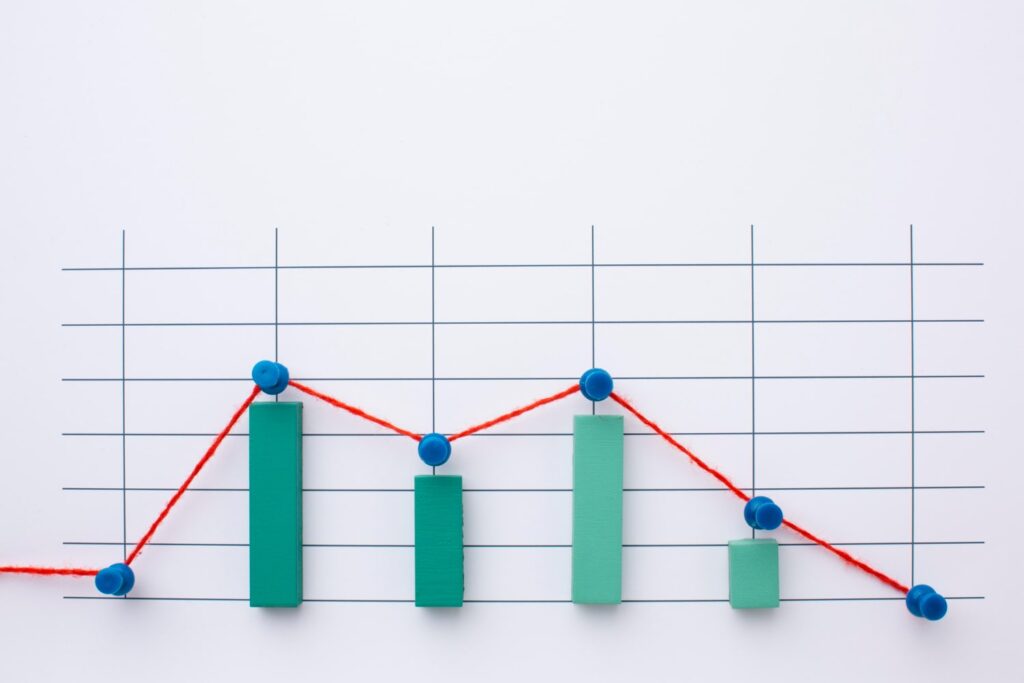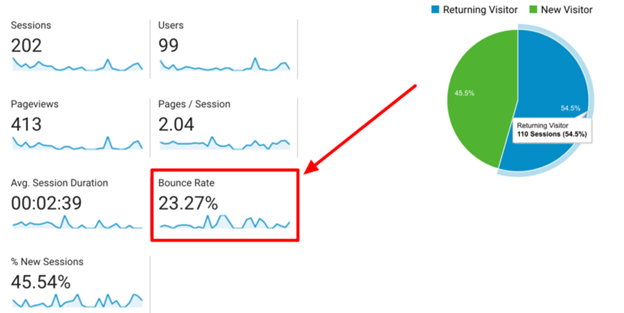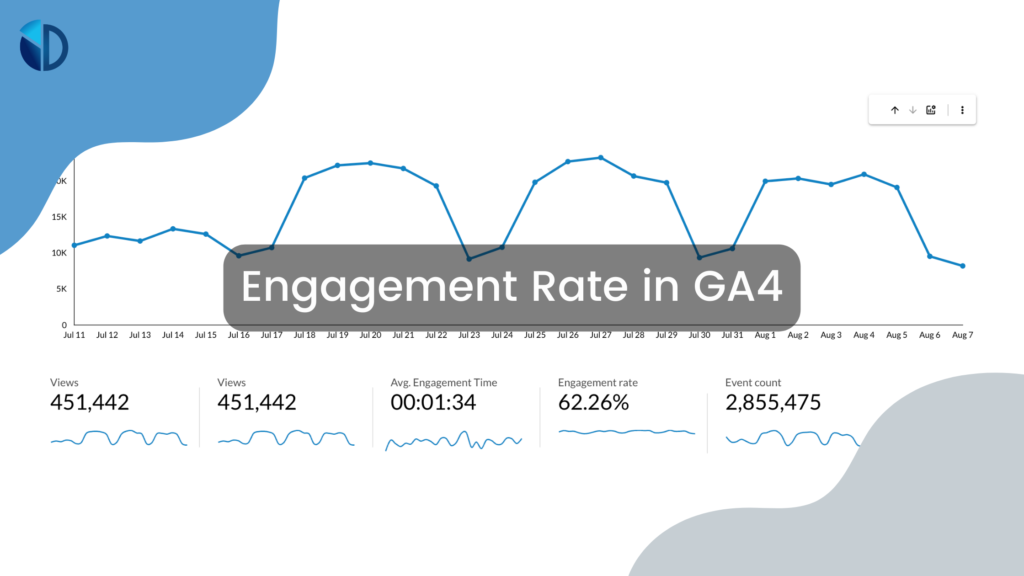
For digital marketers, the mere mention of “bounce rate” conjures up a spectrum of emotions – confusion, frustration, even a touch of fear. This metric, once a staple in website analysis, has been a constant companion for nearly two decades, often leaving us questioning its true meaning and value. However, with the arrival of Google Analytics 4 (GA4), bounce rate undergoes a dramatic transformation, leaving many wondering: What does it all mean? Is this the end of an era, or simply a metamorphosis?
Remember the days when a single-page visit, regardless of its content or duration, was mercilessly labeled a “bounce”? In the rigid world of Universal Analytics (UA), that was the harsh reality. But GA4, recognizing the complexities and nuances of the modern web, throws open the door to a new understanding.

Engagement Rate

GA4 flips the script entirely, introducing a new metric called engagement rate. This metric celebrates those valuable single-page visits that UA deemed bounces, defining an engaged session as one that:
- Lasts 10+ seconds – A user delving deeper into content or exploring interactive features.
- Triggers a conversion event – They’ve taken a desired action, like signing up for a newsletter or initiating a purchase.
- Has 2+ page/screen views – They’re actively navigating and exploring your website.
Engagement rate, essentially, is the percentage of sessions that meet these criteria, acting as the inverse of the new bounce rate. So, higher engagement rate translates to lower bounce rate, and vice versa.
Why the Shift? It’s All About Understanding User Behavior
This change reflects the fundamental shift in how we interact with websites today. We might not always hop between multiple pages, but that doesn’t diminish the value of our engagement. Immersing ourselves in a video tutorial, devouring a long-form article, or meticulously configuring a product on a single page are all valuable interactions, even if they remain confined to one URL.
But Does Bounce Rate Still Have a Place in the GA4 Universe?
The answer is a nuanced yes and no. While engagement rate takes the center stage, bounce rate still holds some relevance. Since it’s the inverse of engagement rate, including only one in your reports might be sufficient for most. However, bounce rate can be a valuable data point when viewed alongside other metrics like average engagement time and conversion rates.
Making Bounce Rate Your Ally in the Age of Engagement
While engagement rate takes the spotlight, bounce rate can still be a helpful indicator. Here’s how you can leverage it:
- Identify Content Needing TLC: High bounce rates on specific pages might signal content that falls flat or lacks clear calls to action.
- Track Progress Over Time: Monitor trends in both bounce rate and engagement rate to gauge the effectiveness of your efforts in improving user experience.
- Benchmark Comparison: Research average bounce rates for your industry to understand your relative performance.
Remember: Bounce rate is just one piece of the puzzle. Use it in conjunction with other metrics and qualitative insights to paint a holistic picture of your website’s performance.
Embracing the Power of Engagement
The key takeaway is to shift your focus from simply reducing bounce rates to optimizing your website for longer sessions, meaningful interactions, and ultimately, conversions. Engagement rate is your guidepost in this journey.
Bonus Tips for the Engagement-Driven Marketer
- Tell the Positive Story: Framing engagement rate as a success metric can be more motivating and impactful for clients.
- Stay Informed: The world of analytics is constantly evolving. Keep yourself up-to-date on GA4 developments and best practices to make informed decisions.
- Dive Deeper: Explore the rich data available in GA4 to understand user journeys, track specific events, and gain deeper insights into your audience’s behavior.
By understanding the new bounce rate and embracing the power of engagement rate, you can unlock deeper insights into your website’s performance and optimize it for the modern web experience. So, wave goodbye to the fear and confusion associated with the old bounce rate, and embrace the era of engagement! Remember, it’s not the end of a journey, but a beautiful metamorphosis, leading you to a deeper understanding of your audience and a more successful online presence.



